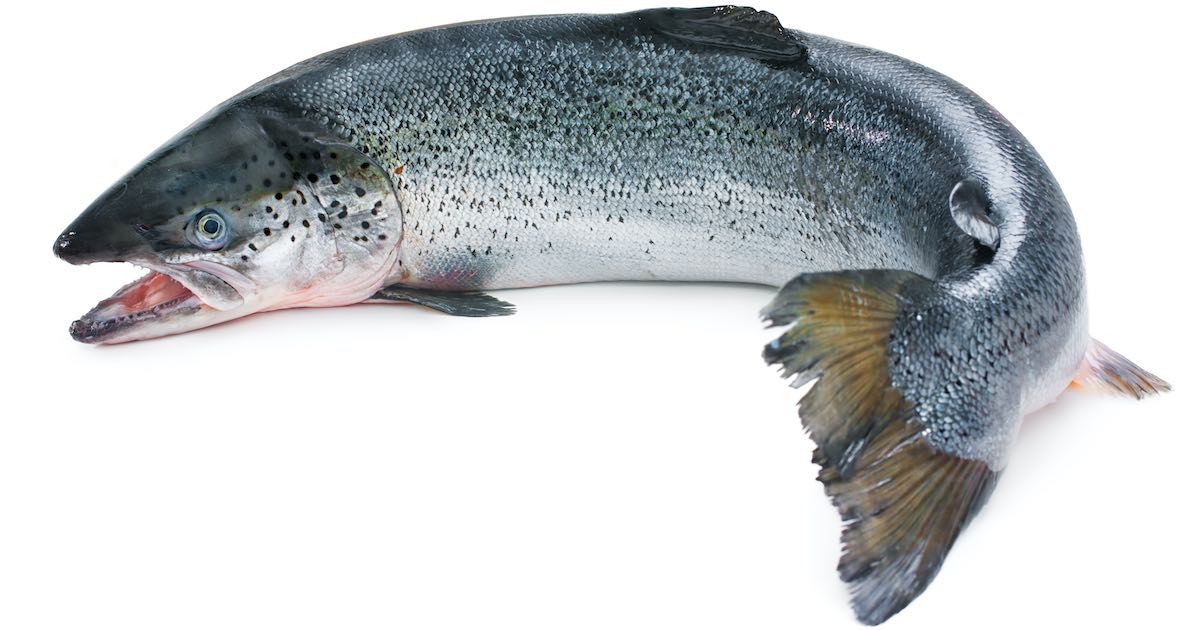
The last time Atlantic salmon escaped from a fish farm on the west coast there were reported catches and sightings of them all over Vancouver Island. On the outside they were reported as far as Tofino and on the inside four Atlantics were found in the world-famous Campbell River, a BC Heritage river. They showed up in sport fishing catches like French Creek, and another that was caught in the annual Tyee Club of British Columbia’s annual tournament. That escape happened on Aug. 19, 2017 when the Cooke Aquaculture-owned salmon farm near Cypress Island in Washington State, broke up and about 305,000 Atlantic salmon escaped into the wild.
Sometime during Thursday and Friday of this past week about 21,000 more Atlantics escaped when a Mowi Canada West fish farm near Port Hardy was badly damaged due to fire. Shortly after the Cypress Island incident river and stream accesses and boat ramps all over Vancouver Island were papered with DFO’s Atlantic Salmon Watch Program posters. The posters had a 1-800 (811-6010) number, an email address (ASWP@dfo-mpo.gc.ca), information on how to identify an Atlantic and how to handle it before delivering it to authorities.
If You Catch an Atlantic Salmon
The DFO recommends the following:
Keep the fish and report the capture by calling the ASWP toll-free reporting line at 1-800-811-6010. You will be asked where and when you caught the fish and if you wish to donate the fish or part of it for research purposes. Donation is not mandatory but it does provide valuable samples for our scientific study. For whole fish donation, the entire fish, including entrails, should be frozen or kept on ice. Alternatively, the head and a small portion of the back including scales can be preserved. ASWP staff will arrange for transport of the sample.
How To Identify Atlantic Salmon
- Black spots on gill cover
- Black x-shaped spots above lateral line
- Slender or pinched caudal
- No spots on tail
- May have eroded fins
- 8-12 rays on anal fin
The worrying thing about this most recent escape has everything to do with geography.
The Cypress Island event happened in Washington State in an August. It was a month later when Atlantic salmon were reported in Vancouver Island waters. That’s a long time for a fish that supposedly can’t survive in the wild to do just that. At the time of the Port Hardy escape, from a pen located in Queen Charlotte Strait, some of the highest tides of the year were taking place, flowing north to south. On Thursday, Friday, Saturday and Sunday, high tides hit 14.8 feet in Discovery Passage. Those Atlantics were probably pushed south, past and to some very interesting rivers like the Tsitika, Nimpkish, Woss, Salmon, the Campbell and Quinsam, the Oyster, and further south. But they could have also been pushed up into the mainland side of the Inside Passage.
The Atlantic salmon identified from the Washington State escape were caught by sport fishers. One was identified by underwater photographer Eiko Jones, at the mouth of the Campbell River canyon.
And here is the big problem. How many anglers are either fishing the ocean or the rivers at this time of year? If just about the total data set from the Washington State incident came from sports fishers, what kind of data set is there going to be with the Port Hardy incident?
There won’t be winter ‘steelheaders’ on the Tsitika, Woss or Campbell. There will be some on the Nimpkish, Salmon and the Oyster. And there will be winter ‘Chinookers’ out from Port Hardy to Victoria. But they will be only a small percentage of the angling efforts that happen during September.
It’s December at the time of this writing. There have been healthy rainfalls. Every creek and every river throwing itself into the ocean has to be an aphrodisiac to an anadromous salmon (a fish such as the salmon that migrates up rivers from the sea to spawn and die). The Atlantic salmon is an anadromous salmon.
The Pacific salmon, also anadromous, have come already, spawned and died. Now, hundreds and hundreds of creeks and rivers are clear and cold and well oxygenated. They are irresistible to the steelhead. The winter steelhead, also anadromous, comes into a river system just as the regular salmon runs finish their spawning and dying. The winter steelhead come in late December, January, February, March and April. Another peculiarity about the Steelhead is that, unlike Pacific Salmon, it can spawn, live, return to the ocean and come back to spawn again. More interesting is that Atlantic salmon can also spawn, live, return to the ocean and come back to spawn again.
A salmon has two objectives in life, to eat and procreate. Its every cell contains the components of those two vital needs. Can one be totally removed? Perhaps commercial fishermen can scoop up some of the recent escapement. Predators will have their fill. But some of those Atlantics, like those four in the Campbell River, will get by. Some people will happily say they all died. But in the quiet pool of a river or two somewhere on this coast, a couple of Atlantic salmon will probably be trying to prove that Jurassic Park is real.
One Comment
Leave A Comment
Visit the Store
$34.99
$34.99
Featured Catch
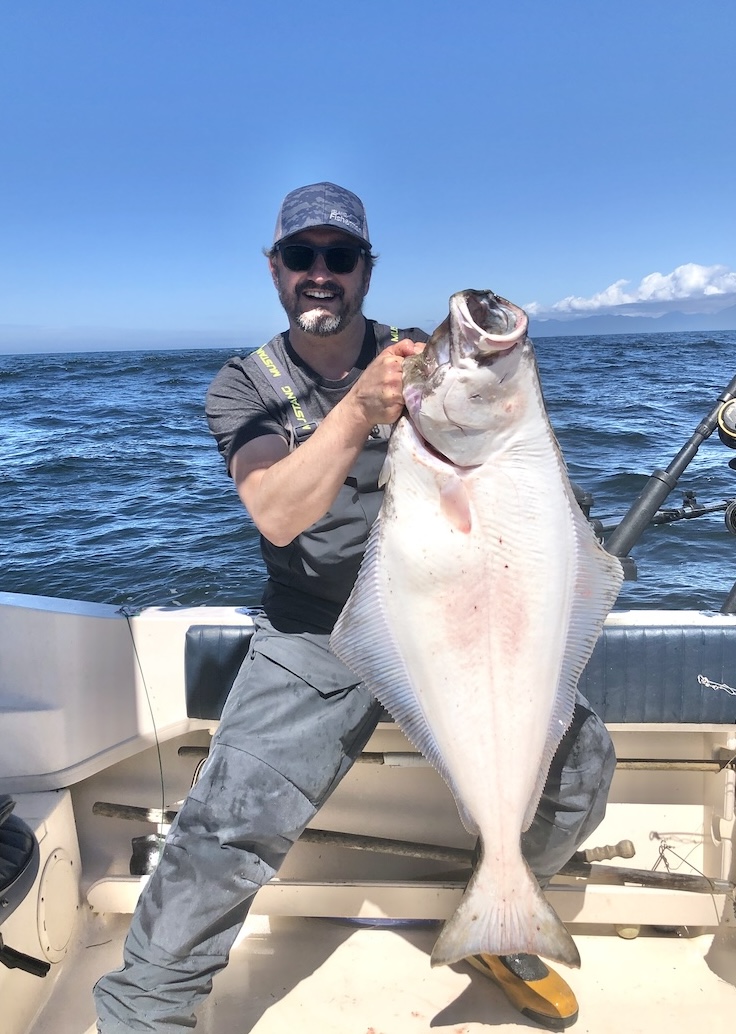
Joel Unickow halibut (Photo: Rob Frawley Lucky Strike Sportfishing Tofino)
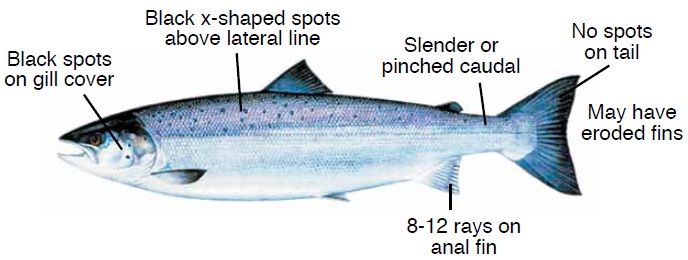

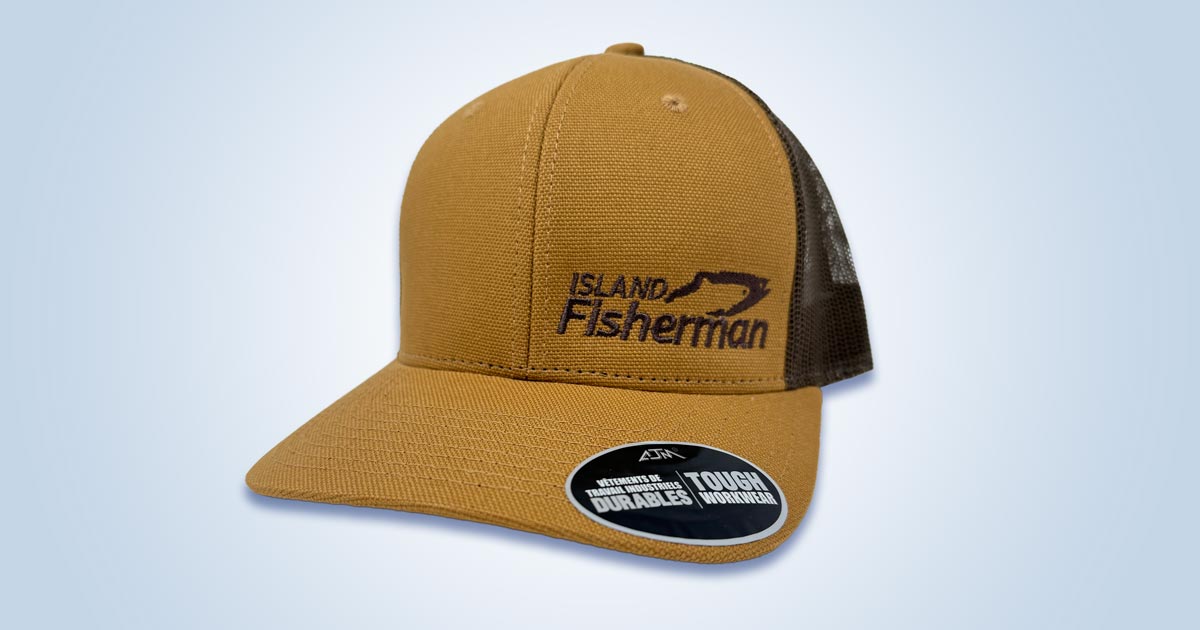

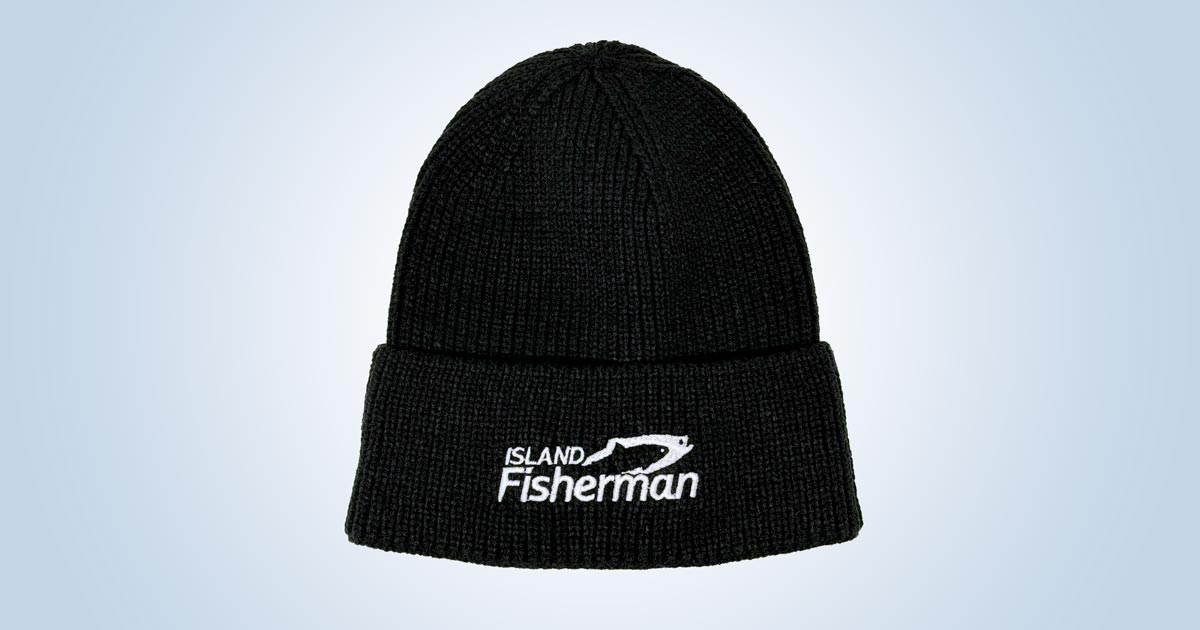
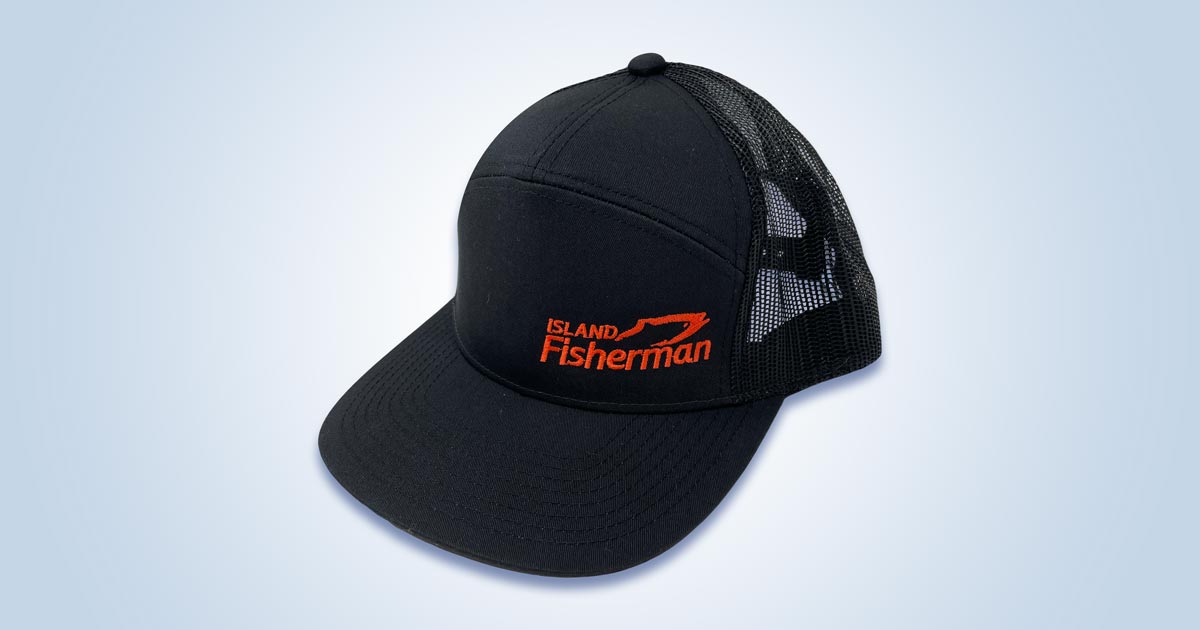
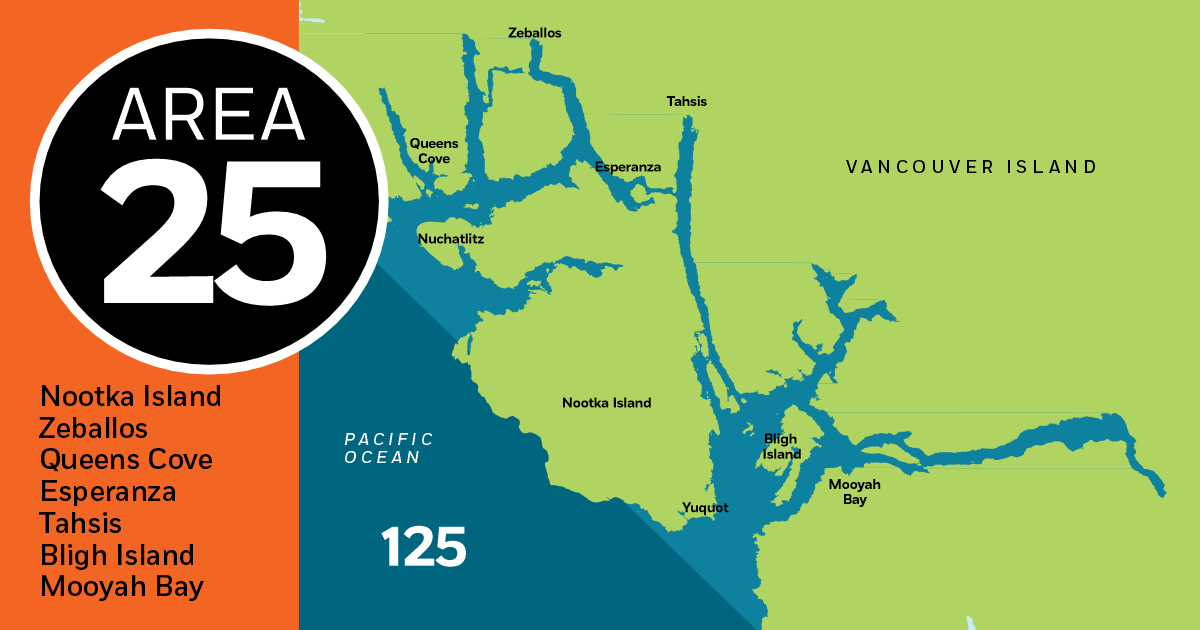
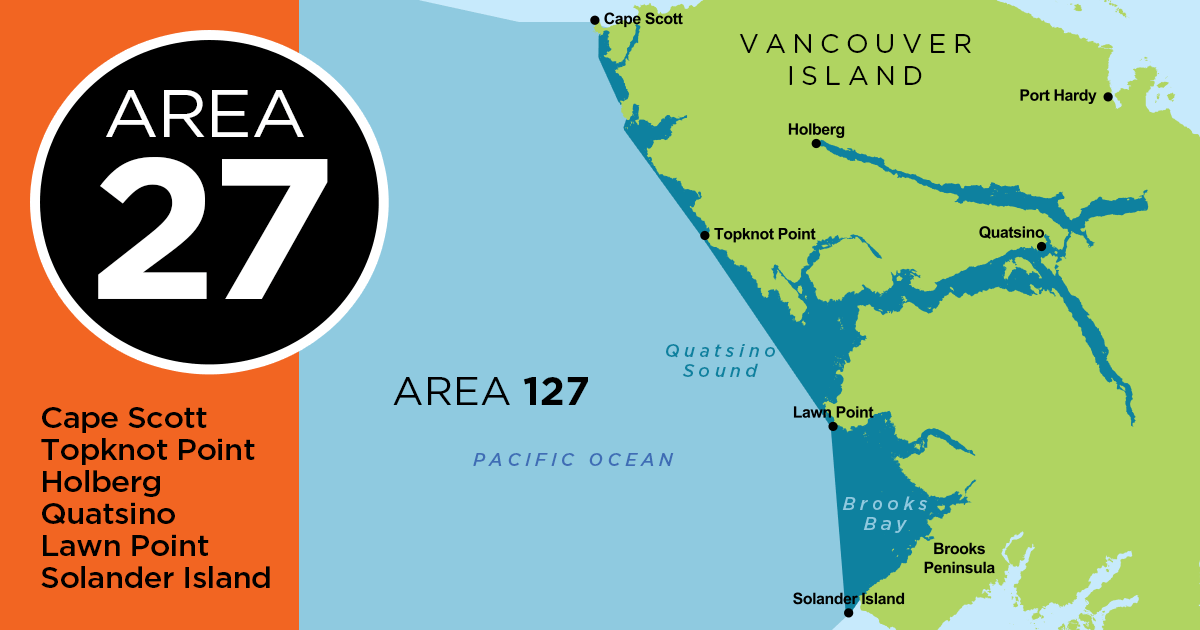
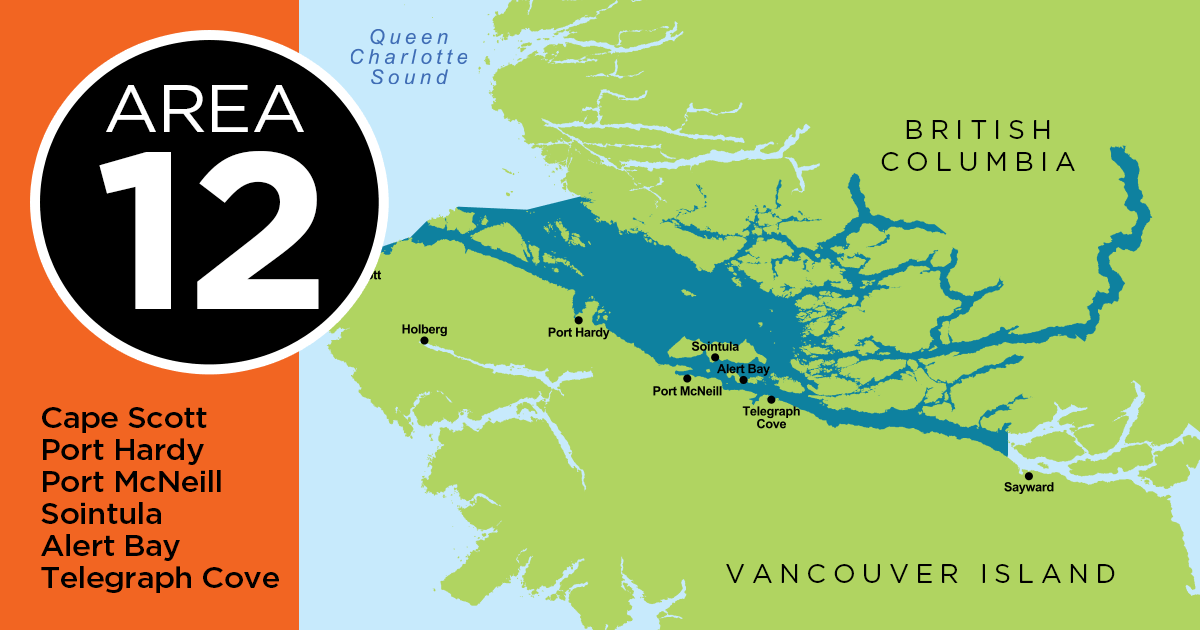
Why should salmon have to be farmed. I think all fish should be wild. Let them go back to their true lives swimming up rivers to spawn naturally. Don’t farm them that how they get lice and and ticks. I will never buy Scottish farmed salmon. Full of disease. The rivers in Gloucestershire and Herefordshire used to be full of beautiful salmon now hardly any left. Let nature run its course with them.